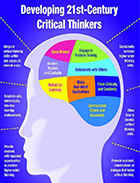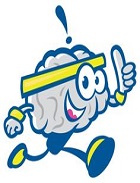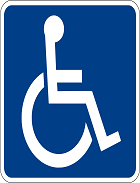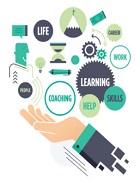6 learning theories that every educator must know
6 learning theories that every educator must know
- Multiple Intelligences Theory – The theory of multiple intelligences was developed by Howard Gardner, who stated that every human possesses eight different types of intelligences – musical (rhythmic), visual (spatial), verbal (linguistic), bodily (kinaesthetic), logical, interpersonal, intrapersonal and naturalistic. These eight types of intelligence represent the varied ways through which individuals process information. Today, many teachers develop teaching curriculums based on the multiple intelligences.
-
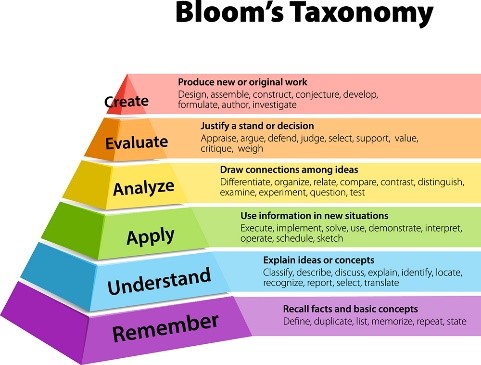 Blooms Taxonomy – Blooms Taxonomy theory was developed in 1956 by Benjamin Bloom. This hierarchical model organises individual educational tasks into six distinct categories such as knowledge, comprehension, application, analysis, synthesis and evaluation.
Blooms Taxonomy – Blooms Taxonomy theory was developed in 1956 by Benjamin Bloom. This hierarchical model organises individual educational tasks into six distinct categories such as knowledge, comprehension, application, analysis, synthesis and evaluation.
This theory provides educators with a common platform to communicate about learning and helps them establish clear learning goals for students.
-
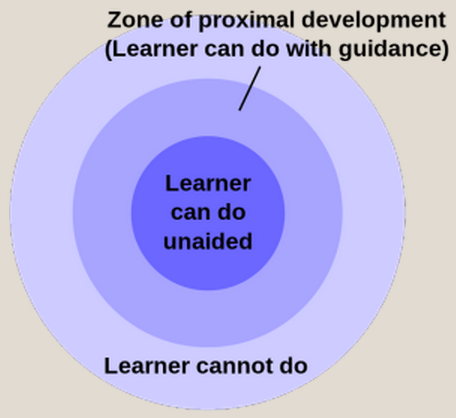 Zone of Proximal Development (ZPD) and Scaffolding – Despite being known for developing several theories, Lev Vygotsky is popularly known for introducing the Zone of Proximal Development and the Scaffolding theory.
Zone of Proximal Development (ZPD) and Scaffolding – Despite being known for developing several theories, Lev Vygotsky is popularly known for introducing the Zone of Proximal Development and the Scaffolding theory.
According to Vygotsky, the ZPD talks about the conceptual gap between what a student can achieve and what a student is unable to achieve independently. Vygotsky suggests that the best method for teachers to support their students is by identifying their Zone of Proximal Development and working on helping them achieve the tasks beyond it.
The second theory is called scaffolding, which involves adjusting the level of support provided in order to meet a child's disabilities.
-
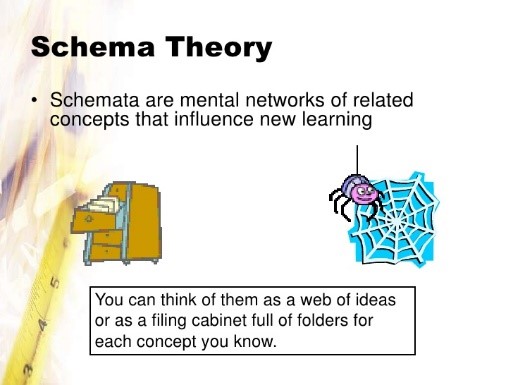 Schema and Constructivism – Schema, developed by Jean Piaget suggests that new knowledge along with the student’s existing knowledge gives them a deeper understanding of a topic. The theory invites teachers to consider what their students already know before starting a new topic. Piaget’s theory of schema plays out in many classrooms today where teachers start their lessons by asking the students to share their thoughts on a particular topic.
Schema and Constructivism – Schema, developed by Jean Piaget suggests that new knowledge along with the student’s existing knowledge gives them a deeper understanding of a topic. The theory invites teachers to consider what their students already know before starting a new topic. Piaget’s theory of schema plays out in many classrooms today where teachers start their lessons by asking the students to share their thoughts on a particular topic.
Constructivism is another theory that was developed by Piaget. This theory states that individuals construct meaning through action and experience. A constructivist classroom is one wherein the students learn by doing. This theory is found in many childhood education programs 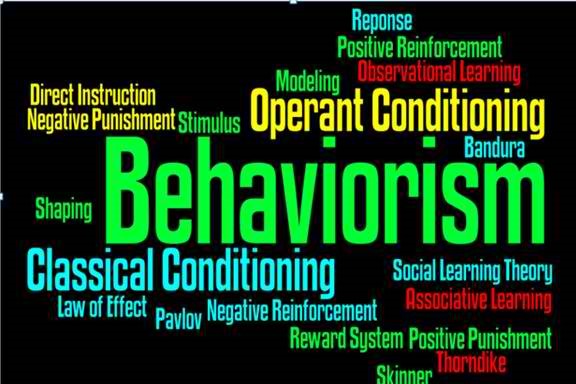 where children engage in hands-on learning.
where children engage in hands-on learning.
 where children engage in hands-on learning.
where children engage in hands-on learning.-
Behaviourism – A set of theories laid down by B.F. Skinner suggests that behaviour is a response to the external environment. This theory, when applied in the classroom suggests that the students’ learning and behaviour will improve in response to positive reinforcements like rewards, bonuses and praise. The theory also states that negative reinforcements such as punishment or dismissal will cause the students to behave in an undesired manner. According to Skinner, these repeated reinforcement techniques help to shape behaviour and improve learning outcomes.
-
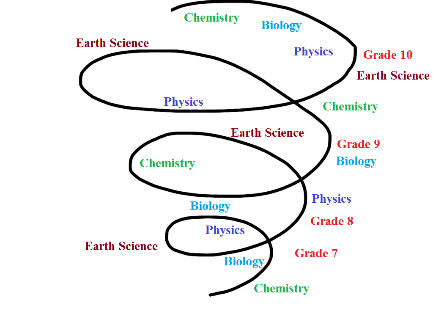 Spiral Curriculum – In this theory, Jerome Bruner states that children can comprehend challenging topics and issues when they are presented in an age-appropriate manner. He suggests teachers to visit the topics annually, adding to the complexity and nuances every year. This is said to result in an institutional approach to education where the teachers co-ordinate their curriculum and set long-term, multi-year learning goals for their students.
Spiral Curriculum – In this theory, Jerome Bruner states that children can comprehend challenging topics and issues when they are presented in an age-appropriate manner. He suggests teachers to visit the topics annually, adding to the complexity and nuances every year. This is said to result in an institutional approach to education where the teachers co-ordinate their curriculum and set long-term, multi-year learning goals for their students.
By applying these learning theories, a teacher would be able to ensure effective learning in the classroom.












